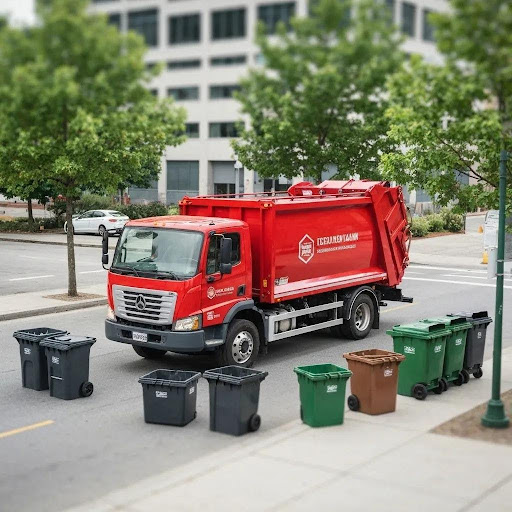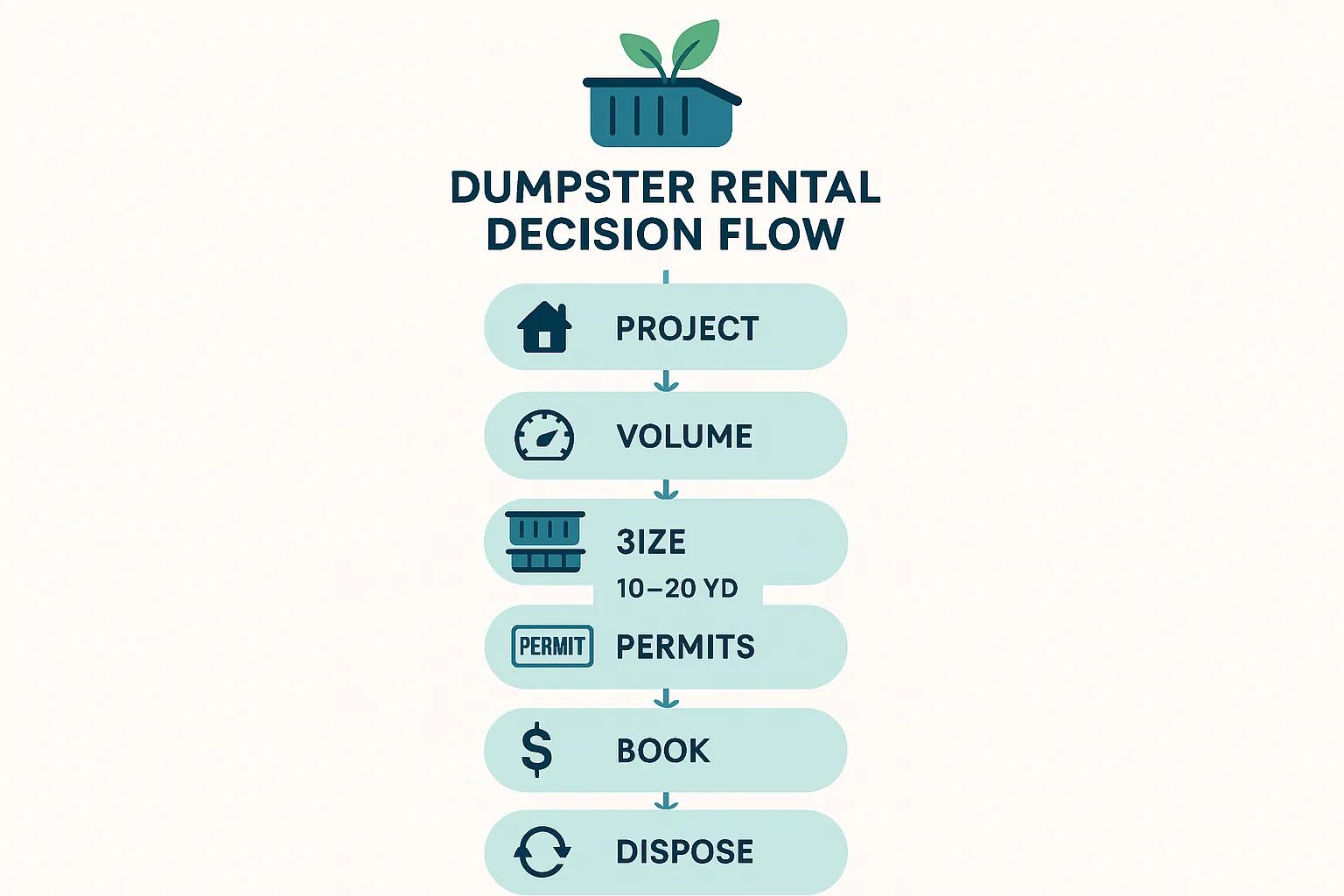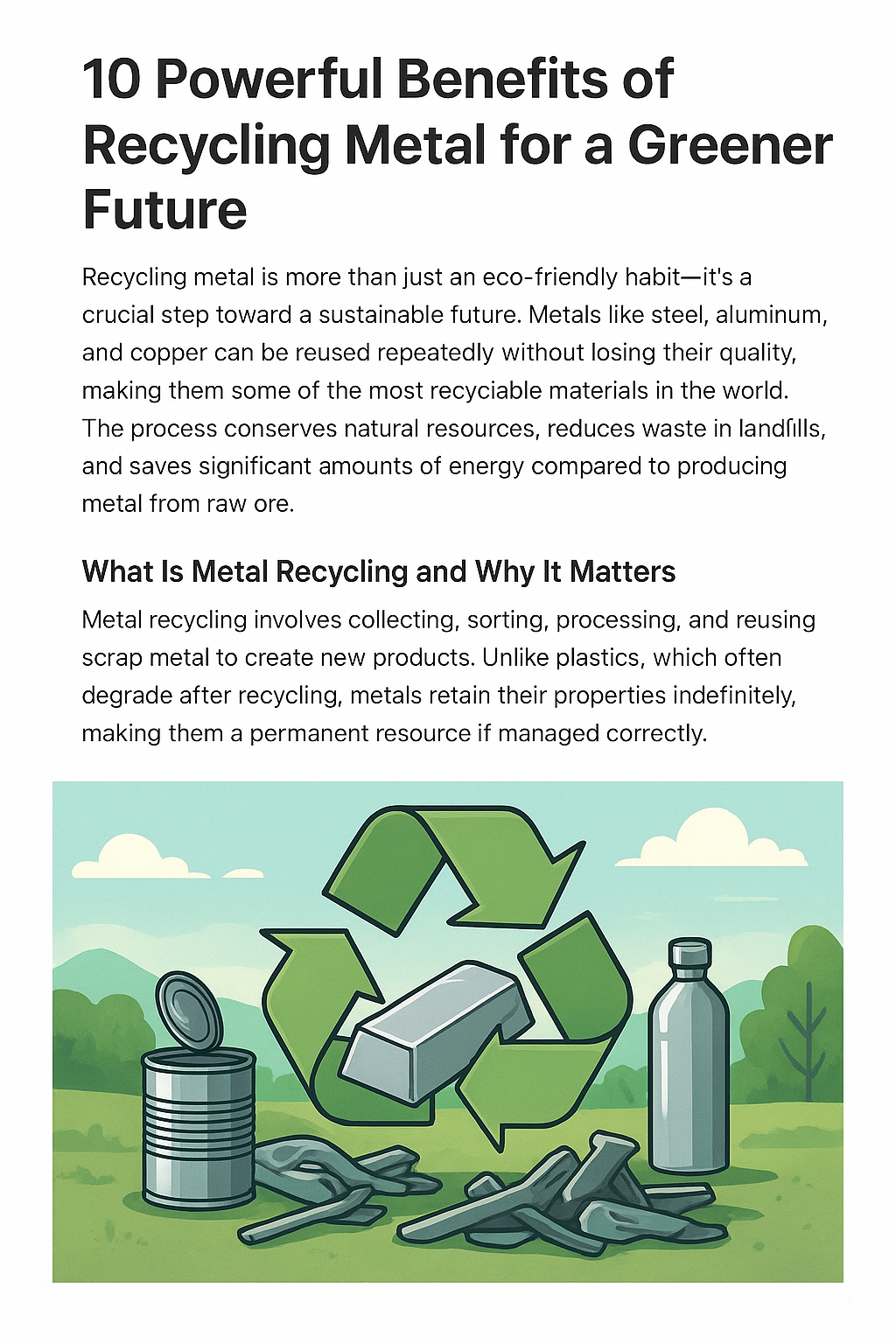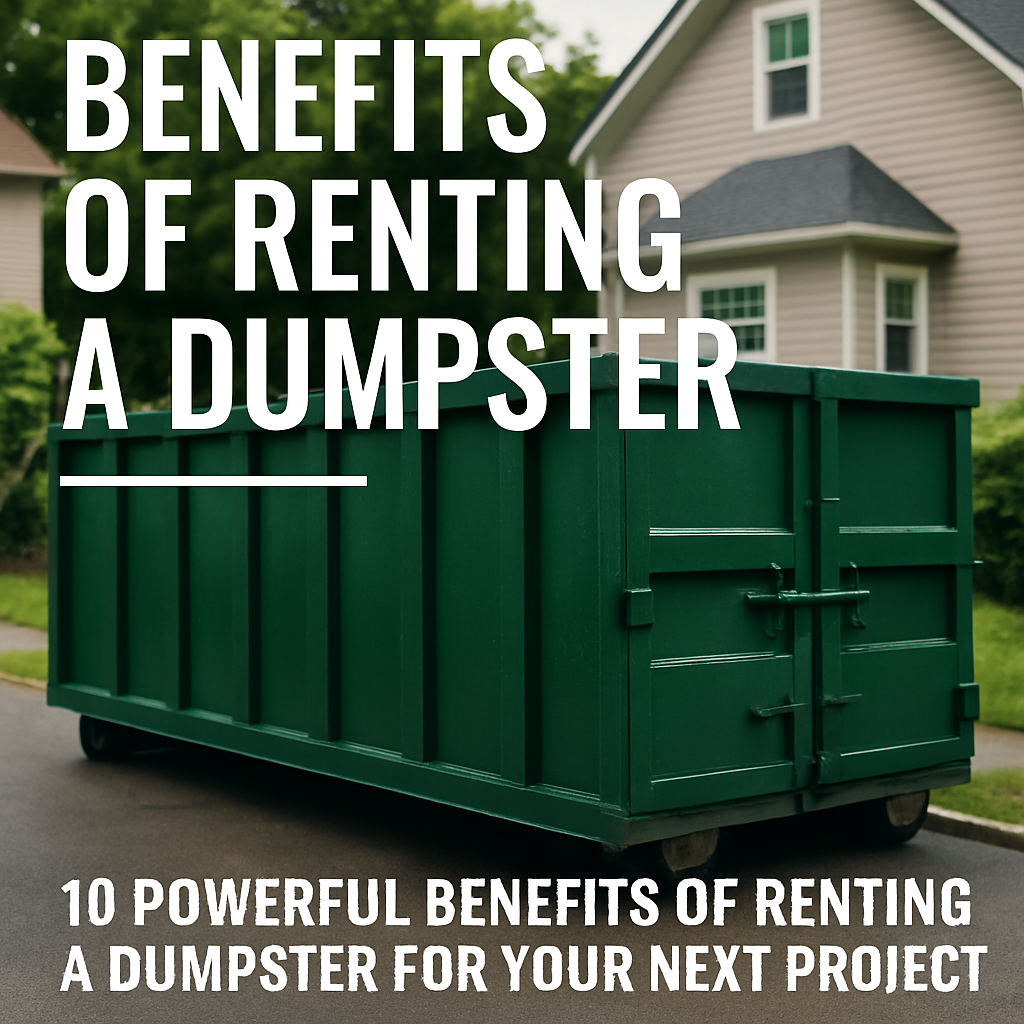
Commercial waste collection service pricing analysis reveals that costs hinge on multiple interconnected factors, and businesses with 50 to 5,000 locations must navigate complex variables to control their waste spend. Understanding how waste type, volume, frequency, location, hidden fees, and industry trends influence expenses can empower decision-makers to implement targeted strategies. This guide examines the core cost drivers, uncovers additional charges and market forces, explores optimization tactics for container sizing and pickup schedules, breaks down dumpster rental components, highlights recycling and diversion savings, demonstrates the value of consolidated management, and outlines future-proofing measures. By mastering these themes, commercial enterprises can unlock significant efficiency gains and partner with National Waste for transparent, scalable waste solutions.
What Are the Main Factors That Influence Commercial Waste Collection Costs?
Commercial waste collection costs reflect the interplay of four primary variables: the composition of discarded materials, the total volume and pickup cadence, regional disposal regulations, and service-level requirements. Recognizing how each driver operates and interrelates helps businesses forecast expenses accurately, negotiate favorable rates, and choose the optimal mix of containers and schedules to maximize budgetary efficiency.
Factors Influencing Commercial Waste Collection Costs
Commercial waste collection costs are influenced by waste composition, volume, pickup frequency, regional disposal regulations, and service-level requirements. Regional variations in landfill tipping fees and local regulations create price disparities. Multi-location businesses can benefit from a consolidated provider that navigates local permits and simplifies billing.
Waste Dive, “The waste and recycling industry outlook for 2024” (2024)
This citation provides context for the main factors that influence commercial waste collection costs, as discussed in the article.
How Does Waste Type Affect Disposal Pricing?
Different waste categories attract varied processing requirements and tipping fees based on regulatory controls and treatment complexity.
- General waste typically carries the lowest disposal rate because it can be landfilled with minimal pre-treatment.
- Hazardous waste requires specialized handling, transportation permits, and secure disposal, elevating cost structures.
- Recyclable materials often benefit from lower or even negative net costs when commodity markets absorb processing fees.
- Organic waste diversion through composting facilities can yield cost savings and environmental credits compared to landfill tipping.
Sorting materials by category reduces unnecessary cross-contamination charges and optimizes container selection for each waste stream .
The Impact of Waste Type on Disposal Pricing
Different waste categories have varying processing requirements and tipping fees based on regulatory controls and treatment complexity. For example, hazardous waste requires specialized handling and transportation, which increases costs. Recycling and organic waste diversion can lead to cost savings compared to landfill tipping.
Environmental Protection Agency, “Municipal Solid Waste Generation, Recycling, and Disposal in the United States: Facts and Figures” (2021)
This source supports the article’s claims about how different waste types affect disposal pricing.
Why Do Waste Volume and Collection Frequency Impact Pricing?
The quantity equation links how much material is hauled and how often pickups occur to total service fees, enabling tailored cost control .
| Dumpster Size | Typical Volume (yd³) | Impact on Frequency and Cost |
|---|---|---|
| 10-yard | 6–8 tons | Requires biweekly pickup; moderate haul fees |
| 20-yard | 12–15 tons | Weekly service optimizes lower per-ton rates |
| 30-yard | 18–22 tons | Less frequent pickups but higher single-haul charge |
| 40-yard | 24–30 tons | Monthly service reduces trips but increases per-haul cost |
Selecting appropriately sized containers and aligning pickup schedules to actual waste generation lowers per-ton charges and avoids overage penalties .
How Does Geographic Location and Local Regulation Affect Waste Collection Fees?
Regional variations in landfill tipping fees, state waste taxes, and municipal environmental standards create significant price disparities. For instance, landfill charges in one jurisdiction may exceed $80 per ton, while neighboring areas impose fees under $30. Local regulations can mandate recycling quotas or ban certain disposables, adding compliance surcharges and influencing container configurations. Multi-location businesses benefit from a consolidated provider like National Waste that navigates local permits, secures uniform pricing agreements, and simplifies billing across diverse regulatory landscapes.
What Hidden Fees and Market Trends Should Businesses Know About in Waste Collection Pricing?
Beyond base hauling and tipping rates, several ancillary fees and evolving industry pressures can drive up invoices if not anticipated. Spotting these elements in contracts and staying abreast of market shifts ensures budget forecasts remain accurate.
What Are Common Dumpster Rental Fees Beyond the Base Rate?
- Fuel surcharges adjust monthly to reflect fluctuating diesel prices.
- Overage fees apply when container weight exceeds agreed-upon tonnage.
- Extended rental duration beyond a standard 7-day period generates daily or weekly add-on rates.
- Prohibited or contamination fees arise when banned materials (electronics, tires) appear in mixed waste containers.
Identifying these potential charges upfront and setting clear weight limits or waste-type policies prevents unwelcome surprises on monthly statements.
How Are Inflation, Labor, and Fuel Costs Driving Price Increases?
- Inflationary pressures that elevate equipment procurement and maintenance budgets.
- Labor cost increases stemming from driver wage adjustments and training requirements.
- Fuel price volatility requiring periodic surcharge revisions.
- Recycling market headwinds when commodity values slump, shifting processing costs back to generators.
Monitoring industry indices and negotiating inflation-caps or pass-through agreements can shield businesses from excessive spike impacts .
How Can Businesses Optimize Waste Volume and Collection Frequency to Reduce Costs?
Strategic adjustments to container sizing, equipment, and pickup schedules deliver measurable savings by aligning service levels precisely with waste generation patterns .
What Is Right-Sizing and How Does It Save Money?
Right-sizing involves matching dumpster capacity to actual waste volumes to minimize both underutilization and overage. Choosing a 20-yard rather than a 30-yard dumpster for moderate waste streams reduces rental and haul fees, while avoiding under-sized containers eliminates emergency call-outs and overweight penalties. Periodic waste audits identify volume trends, enabling proactive container adjustments that cut overall disposal costs by up to 20% .
How Do Compactors Influence Waste Volume and Pricing?
Compactors compress materials up to 70%, reducing the space required for collection and enabling less frequent pickups. This volume reduction lowers haul fees and tipping charges and can eliminate the need for multiple containers. For dense waste streams—such as cardboard or general refuse—installing compactors translates into both operational efficiency and direct cost savings on waste management services frequency.
What Are the Key Components of Commercial Dumpster Rental Costs?
Dumpster rental pricing comprises several distinct elements that combine to form the total invoice. Dissecting each component clarifies negotiation points and identifies opportunities for savings .
How Do Dumpster Sizes and Types Affect Rental Prices?
- Roll-off dumpsters (10–40 yards) are billed per haul and weight, favoring high-volume applications.
- Front-load containers (2–8 yards) often include flat monthly rental fees with unlimited weekly pickups.
- Specialty units (compactors, chassis) carry premium rental charges due to equipment costs and maintenance requirements.
Understanding usage patterns helps determine the most cost-effective dumpster type for each location.
What Hidden Fees Should Businesses Watch for in Dumpster Rentals?
- Relocation charges when dumpsters are moved between on-site positions.
- Cleaning or wash-out fees if containers require decontamination.
- Permit or placement fees imposed by local authorities.
- Seasonal surcharge adjustments during peak demand periods.
Reviewing service agreements for these clauses prevents unexpected line-item increases.
How Does Recycling and Waste Diversion Help Lower Commercial Waste Expenses?
Implementing diversion strategies diverts materials from landfills to lower-cost processing streams, improving both environmental performance and bottom-line results. strategic waste diversion
What Are the Benefits of Implementing a Commercial Recycling Program?
A structured recycling program captures commodities—cardboard, paper, metals, plastics—that attract reduced or negative tipping fees. Recycling drives down landfill volumes, earns revenue from commodity sales, and may qualify businesses for tax credits or sustainability incentives. Standardizing recycling across all sites simplifies procurement and reporting, and partnering with National Waste ensures compliant materials handling and transparent revenue sharing.
How Can Waste Audits Identify Opportunities for Recycling and Savings?
Waste audits involve onsite waste stream assessments to quantify material types and volumes. This process reveals contamination hotspots, inefficient disposal practices, and recyclable fractions currently sent to landfill. Audits inform container reallocation, staff training, and vendor negotiations, leading to diversion rate improvements of 30–50% and corresponding disposal cost reductions .
Why Is Consolidated Waste Management Valuable for Multi-Location Businesses?
Consolidated waste management provides single-source coordination, uniform service standards, and centralized reporting—key benefits for organizations operating dozens or thousands of sites.
How Does Vendor Consolidation Simplify Waste Management and Reduce Costs?
A single-provider model streamlines contracting, billing, and performance tracking. Consolidation leverages volume discounts across multiple locations, standardizes container fleets, and unifies service protocols. By reducing administrative overhead and eliminating fragmented vendor networks, businesses can secure more favorable pricing tiers and ensure consistent compliance.
What Cost Savings Can Be Achieved Through Waste Audits and Contract Optimization?
Combining comprehensive waste audits with consolidated contracts uncovers hidden fees, eliminates redundant services, and negotiates blanket service agreements. Multi-site waste audits conducted by National Waste have delivered up to 25% savings for enterprise clients through right-sizing, optimized pickup schedules, and transparent fee structures.
How Can Businesses Prepare for Future Waste Collection Cost Increases?
Proactive planning and strategic partnerships help mitigate the impact of ongoing market and regulatory shifts on waste management budgets.
What Market Trends Are Likely to Impact Waste Management Pricing?
- Stricter environmental regulations increasing material handling requirements.
- Commodity market fluctuations affecting recycling revenue streams.
- Continued fuel price volatility driving surcharge adjustments.
- Labor market challenges raising driver and technician wages.
Staying informed on these trends enables timely contract renegotiations and risk-sharing mechanisms.
How Can Strategic Partnerships Help Mitigate Rising Waste Costs?
Aligning with expert waste management partners like National Waste provides access to advanced analytics, flexible service options, and innovation in diversion technology. Collaborative planning, cost-sharing models, and performance guarantees foster a resilient waste program that adapts to evolving cost drivers and regulatory demands.
Partnering with National Waste as a consolidated provider ensures businesses gain transparent pricing, streamlined operations, and proactive strategies that keep waste costs predictable and under control.
Businesses seeking to transform waste from a cost center into a managed, efficient process can request a customized cost analysis and consultation. National Waste’s experienced team will develop a tailored plan that aligns container sizing, pickup schedules, and diversion programs with each organization’s unique needs. Harness these insights today to optimize your commercial waste spend and secure future savings.



